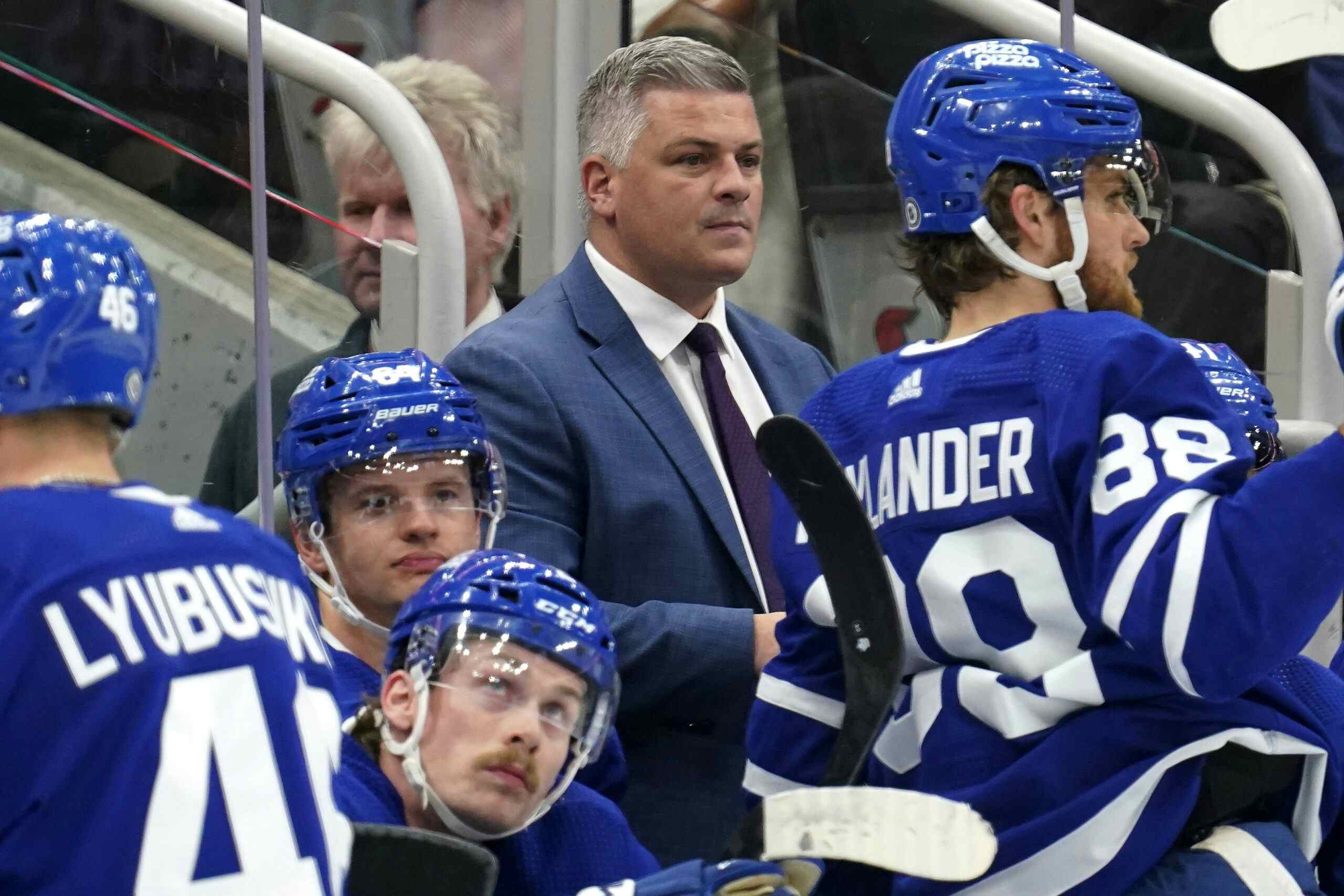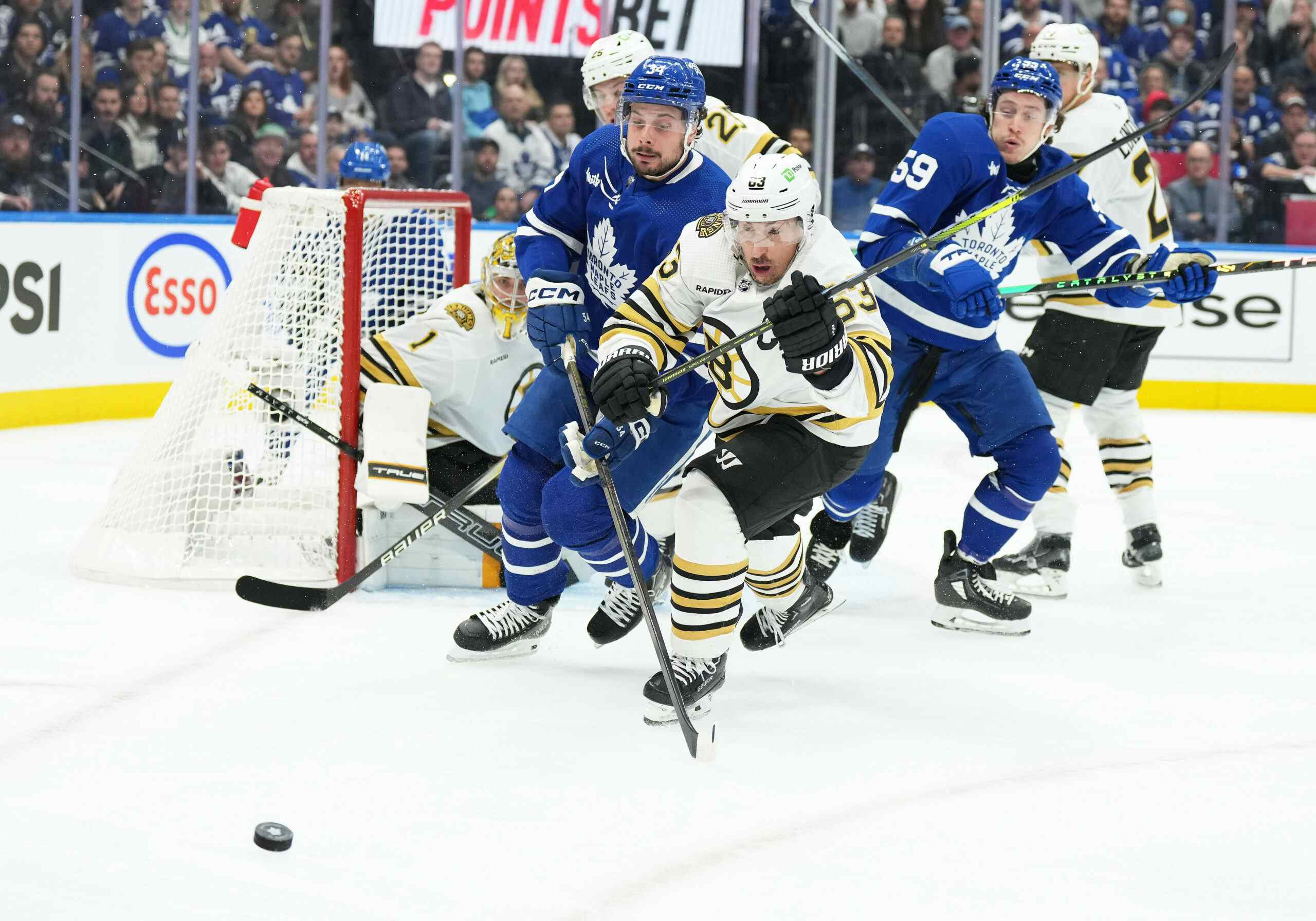Why a flat salary cap would be extremely beneficial to the Toronto Maple Leafs

Photo Credit: Tom Szczerbowski/USA TODAY SPORTS
Nearly every time Elliotte Friedman drops one of his “30 Thoughts” columns, the hockey world stops and scrambles to react to whatever neat nuggets of information he spent days hiding under his sleeve. Today’s was a particularly interesting one: the Salary Cap might stay stagnant this upcoming season, making no movement from the $73,000,000 teams are operating under this year.
I highly recommend that you read the first component of Friedman’s post in its entirety if you’re looking for the exact wording; this is something that’s a bit more than putting a paragraph in a blockquote and walking away from it. If you’re not feeling like reading an article just to read another article, the short form of it is that the players are unhappy with how much they’re paying into Escrow at the moment and that a stabilization of the Salary Cap should help with that.
That’s a nightmare for most teams, though, as far as building. Most have rolled their eyes on a summer-by-summer basis, spending 20% more on whatever mediocre free agent they think will make their depth spots 2% better, justifying every move with “the cap will go up”. Despite the fact that the highest paid players in the league (Jonathan Toews and Patrick Kane of Chicago) make less than 75% of the maximum single-player salary, we currently have a league where 14 teams are within $1 million of the ceiling, 19 are within $2 million, and 25 are within $5 million. New Jersey, Florida, and Carolina are the only clubs closer to the floor than the ceiling. The league, for all intents and purposes, is broke.
But starting next year, the Leafs aren’t. Stephane Robidas, Brooks Laich, Milan Michalek, and Colin Greening, none of whom are actually playing for the team, are all off the books, to the tune of over $11 million in relief. Roman Polak, Matt Hunwick, Ben Smith, and Curtis McEhlinney will all have to be re-signed or replaced (preferably the latter), but that should come in at close to the minimum in every case. Toronto is in a good spot for RFAs as well, with just Nikita Zaitsev, Connor Brown, and Zach Hyman to worry about, and they’re in a negotiating spot with those rookies to get them all locked up cheap.
By comparison, here’s where the league stands right now. I’ve sorted them using TLN contributor Dominik Luszczyszyn’s projected standings points as of today, to give an idea of which teams are likely looking at being competitive next season:

Toronto, who sits 11th in the projected standings, have more of its current roster players locked up than anybody other than the New York Islanders and have the 12th most available cap space based on what they’ve committed. To make that even better, they don’t have many significant commitments to make through resigning or replacement, and to make all of that even better, their salary total doesn’t even include the ability to put Nathan Horton and/or Joffrey Lupul on Long-Term Injured Reserve if needed, which could free up another $10.5 million.
Of course, there’s still a month until the trade deadline, there will still be an offseason to carry out, other teams have their own (smaller) Robidas Islands, and the Expansion Draft will cause all sorts of shenanigans for teams. But, as it stands, there isn’t a team in the NHL that has a better combination of
- Players already signed
- Players left to re-sign
- Available raw cap space
- Additional cap flexibility (LTIR) and
- Available real-world dollars to spend (sorry, Arizona and Carolina)
In fact, in the east, it’s not particularly close. Most of the conference is either broke or have a ton of holes to fill come the summer; Toronto is more or less in a position where, outside of maybe getting one or two more minute eating (hopefully offensively driven) defencemen, their holes are in lower minute areas that can be filled with rookies and/or late-offseason depth signings.
This could give Toronto a lot of bargaining power once the offseason approaches, in a lot of different ways. For instance, an already competitive-looking and known to be improving Leafs team, armed with a bigger bag of money than anybody else, can field a short-term contract offer to a big-name free agent that blows a longer-term offer from another team out of the water. Toronto could theoretically pitch historically high one-or-two year deals at the likes of Kevin Shattenkirk, Joe Thornton, or Alexander Radulov simply to get a rental star or two while everybody else is simply trying to balance the budgets. Even thinking smaller, you can offer your typical $1-3 million free agents, say, $3-5 million on a one-year deal, just to ensure you’ll get them. Almost nobody else has that flexibility right now if anyone at all.
If those guys don’t make it to July, they could perhaps acquire a higher priced 2018 UFA from a cash-strapped team in a trade for pennies on the dollar (looking at you, Rick Nash, Paul Stastny, Mikko Koivu, and/or Mike Green), or even just agree to take on a single year cap dump in exchange for some free assets.
There are other routes that they can go as well, but it all comes back to the same point: the Leafs are going to enter July with some of the greatest cap and financial flexibility that a competitive tier NHL team has ever had, and they’re going to do it in an era where most of the league has no money to spend. The fact that the league and the players association have landed on this year to likely freeze the cap is a gigantic blessing; one that might turn “pain” into “parade” in less than 40 months. Wouldn’t that be something?
Recent articles from Jeff Veillette





